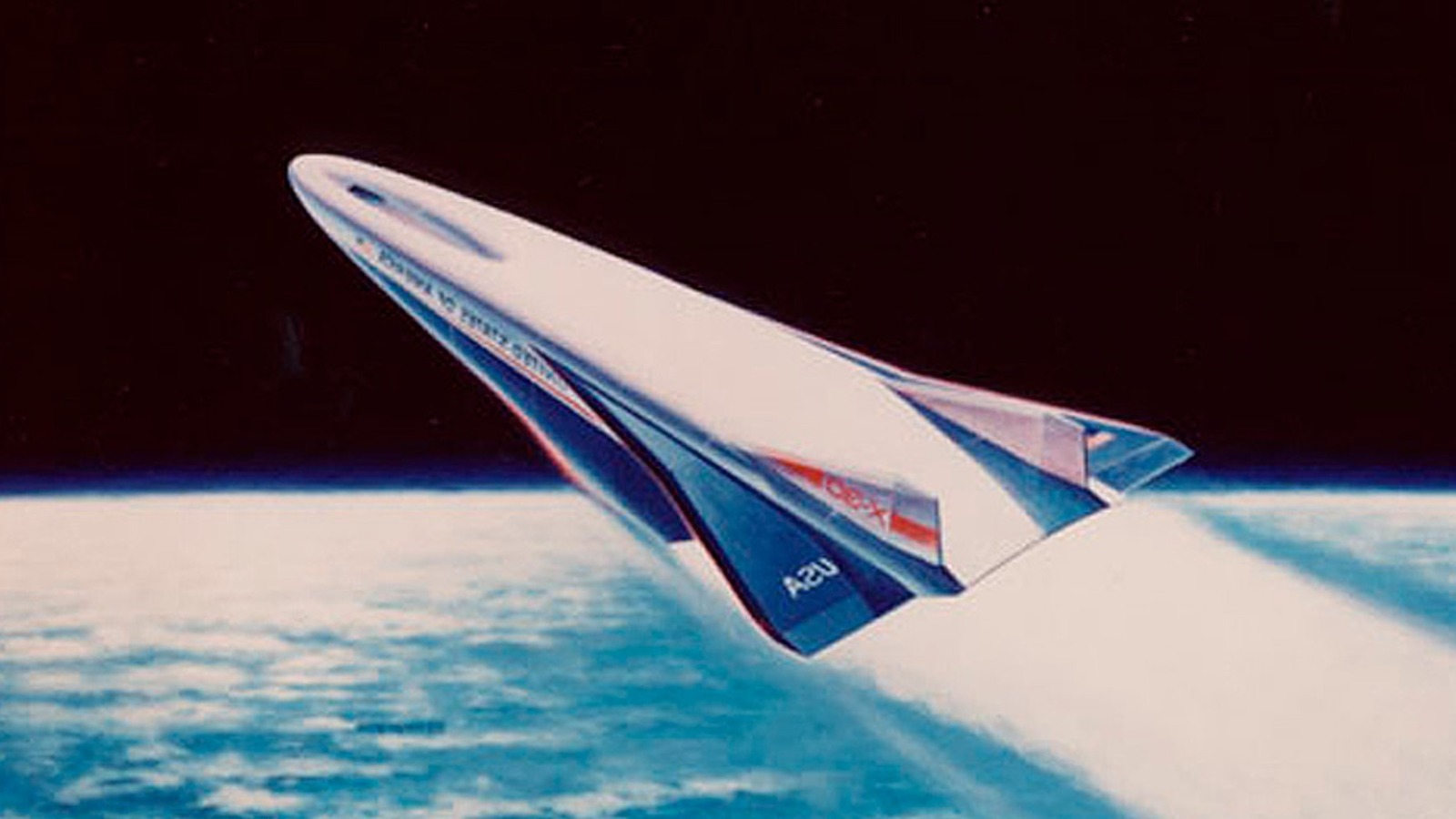Although the Rockwell X-30 was typically a feasibility study, the project enabled NASA to make giant steps in materials and powerplant development. For example, flying at Mach 25 presents significant hurdles like heat management, which led NASA to develop temperature-resistant carbon materials, lightweight titanium/beryllium alloys, and titanium-alloy composites.
Meanwhile, powering the X-30 is a scramjet engine, which is essentially a ramjet that operates at supersonic speeds. Theoretically, a scramjet (supersonic-combustion ramjet) compresses hypersonic airflow and liquid hydrogen in a combustion chamber. Ultimately, NASA built a 1/3 scale demonstrator X-30, which flew in a high-temperature wind tunnel before the funding stopped.
Then again, learnings from developing the Rockwell X-30 made their way to the magnificent X-43A hypersonic aircraft. Unlike the X-30, the X-43A made it to the prototype stage and flew at Mach 6.8 for 11 seconds in March 2004, marking the first time a scramjet aircraft took the skies. NASA built a second X-43A prototype by November 2004, flying at a record-breaking Mach 9.6 (6,800 mph) to set the world airspeed record by an air-breathing powerplant.

